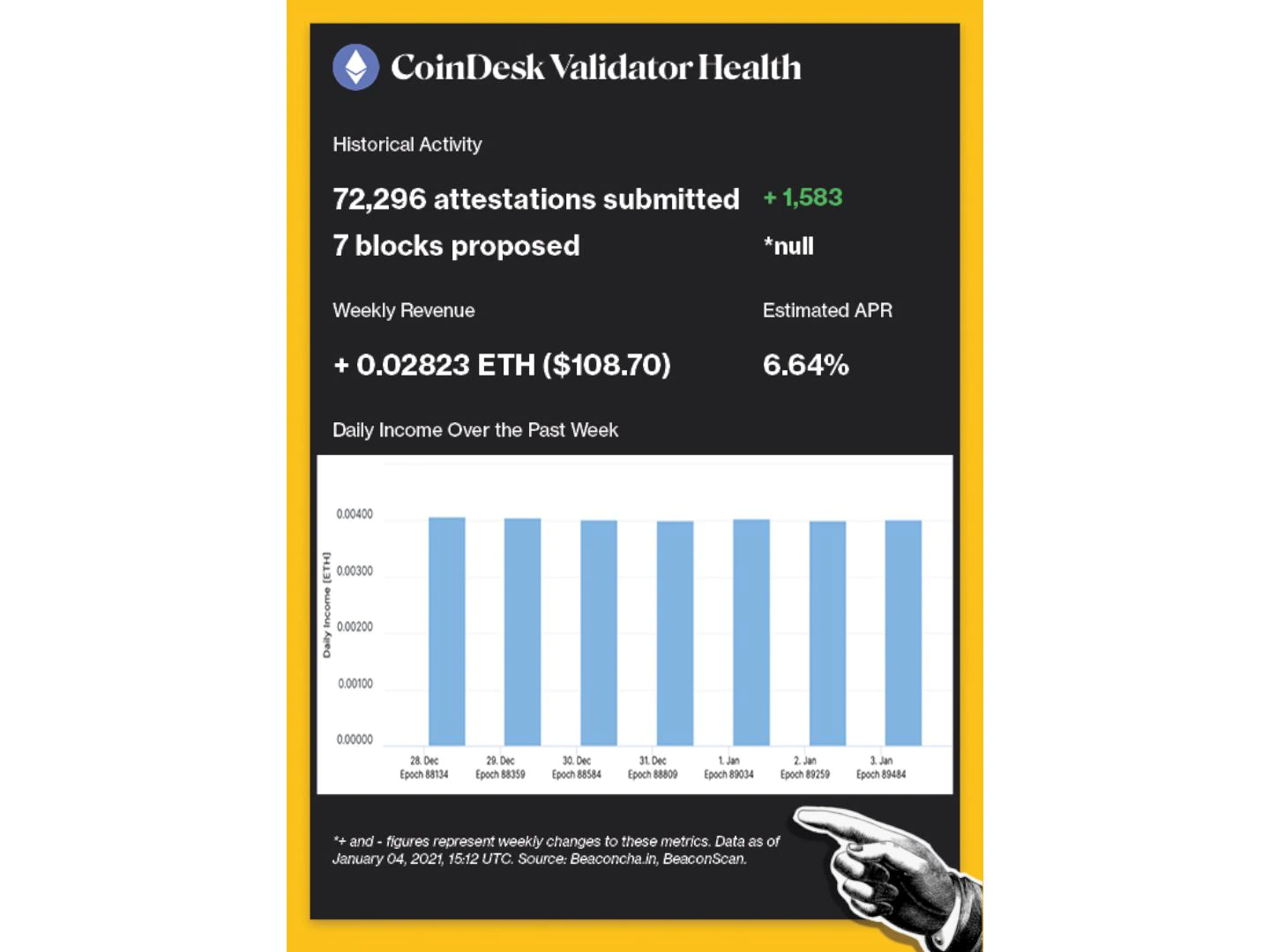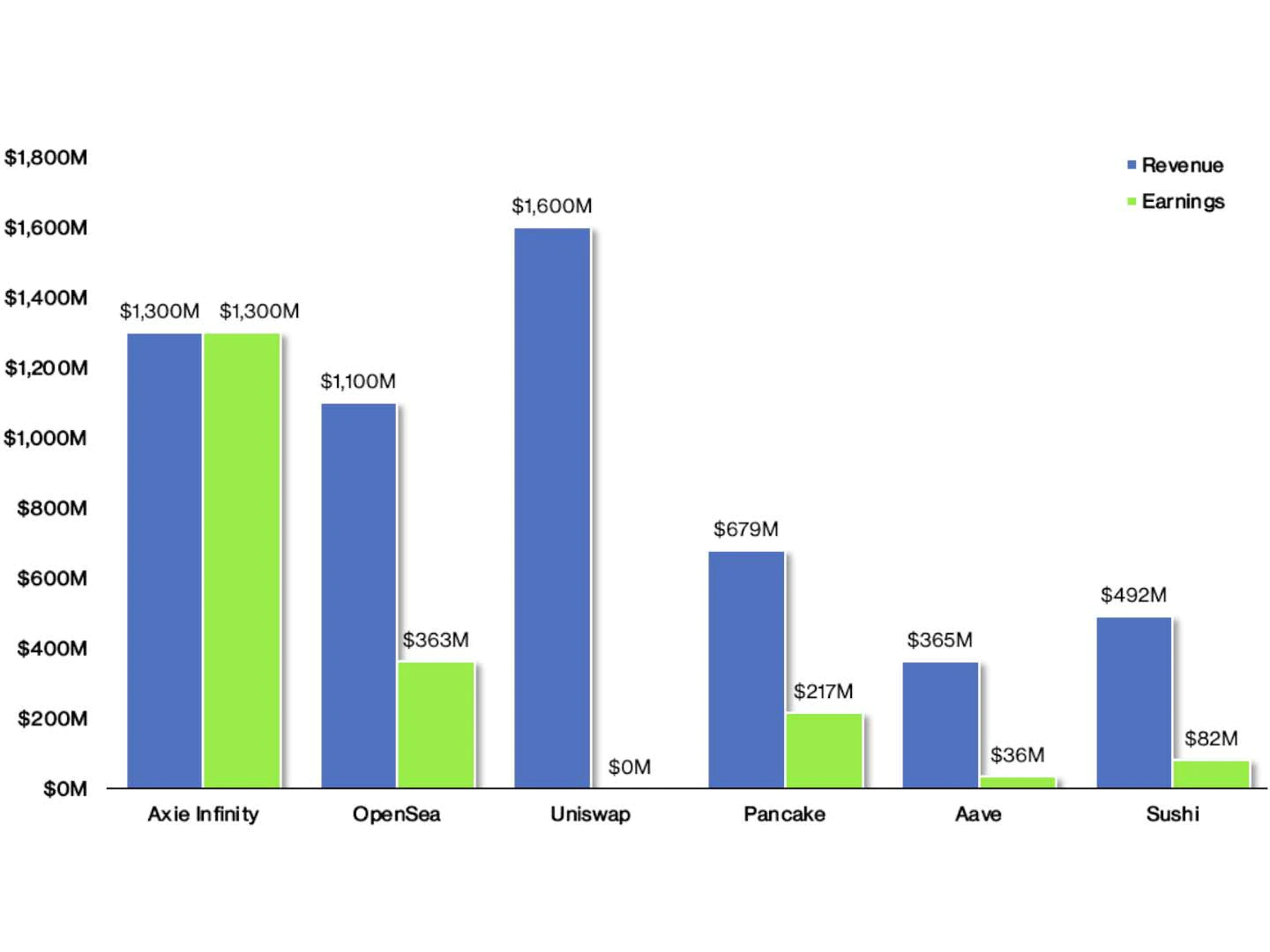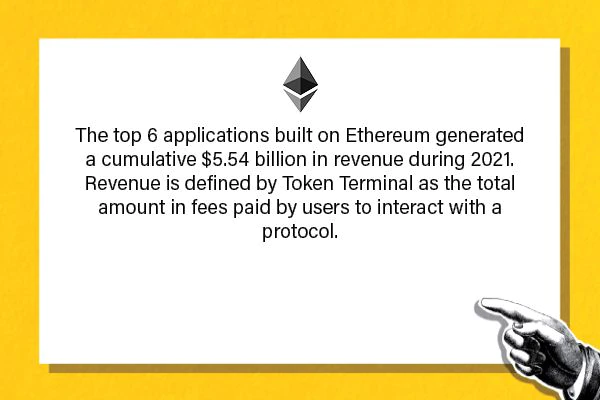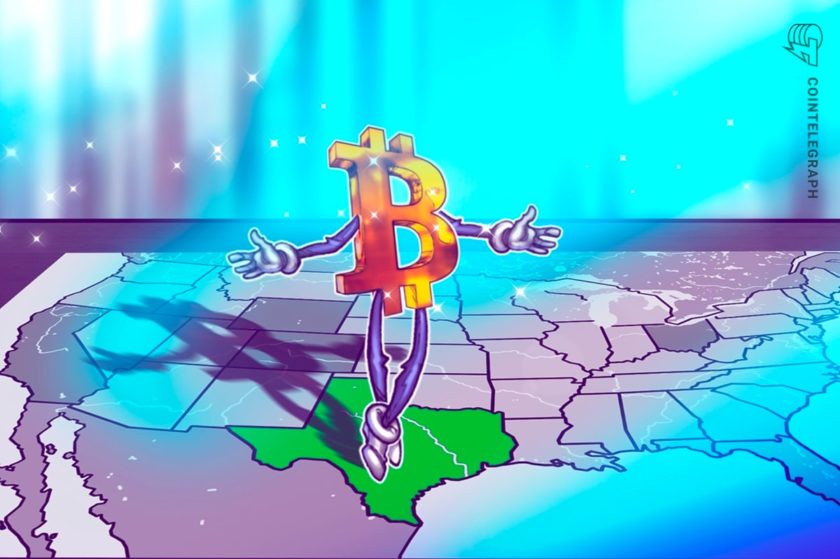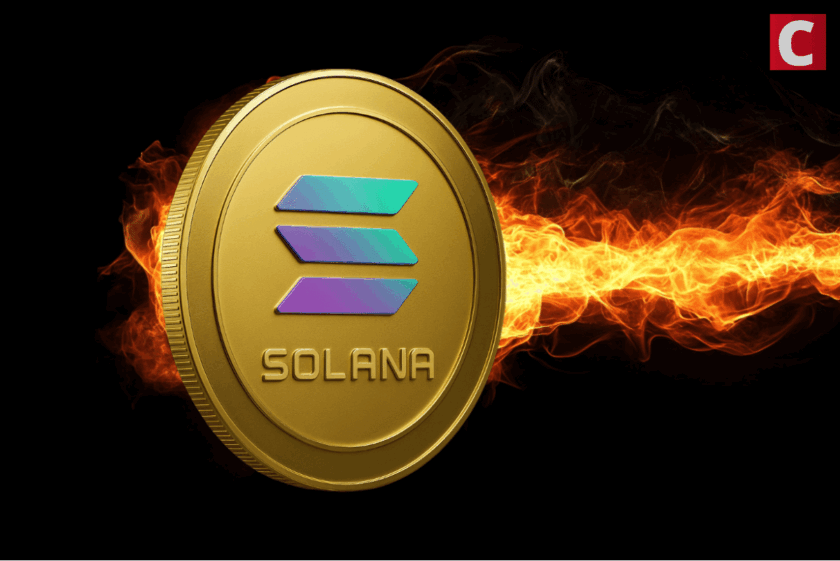While looking back on August’s London hard fork, it is easy to focus on the millions of ether burnt via transaction fees. While important, just looking at the burn mechanism would be shortsighted and overly focused on “number go up.”
This article originally appeared in Valid Points, CoinDesk’s weekly newsletter breaking down Ethereum 2.0 and its sweeping impact on crypto markets. Subscribe to Valid Points here.
So what was the motivation for EIP 1559 and, after four months, what real impacts have we seen? Below are four of the core issues that the improvement proposal aimed to address:
Mismatch between volatility of transaction fee levels and social cost of transactions
A report from Coinbase highlights the upgrade’s effects seen during operation, in which the exchange noted it is currently saving 27 ETH per day from base-fee refunds. When contrasting legacy style transactions with post-EIP 1559 style transactions, Coinbase saves 9% per transaction using the new format.
Needless delays for users
Another noticeable improvement post-EIP 1559 was the broadcast-to-confirmation time that Coinbase recorded on transactions. While saving on gas, Coinbase also saw transactions confirmed an average of 11 seconds faster than before the London hard fork. Blocktime on Ethereum typically takes 13 seconds, so the upgrade speeds confirmation up by 0.7 blocks.
Inefficiencies of first price auctions
On the opposing side, Galaxy Digital’s look into EIP 1559 reported issues due to increased block size (gas limits) and the gaming of an algorithmically adjusting base fee. While Ethereum developers increased the gas limit with the hope that blocks would find an equilibrium around 15 million gas, the reality has been a majority of completely full blocks nearing 30 million gas. Higher gas limits and full blocks strains mining and node hardware and can have negative impacts on the decentralization of a network.
Finally, tech savvy users and bots have been able to look at the mempool, where all pending Ethereum transactions are waiting to process, and see whether the base fee will adjust up or down in the next block. With this information, bots are able to send transactions within the cheaper block and essentially game the algorithm.
Instability of blockchains with no block reward
The burn mechanism built into EIP 1559 helps solve a long-term validation problem inherent to blockchains. Block rewards into perpetuity help incentivize miners and validators to bring security to the network, but the associated inflation is detrimental to the network’s native token. In order to solve this dilemma, EIP 1559 burns transaction fees to counteract block reward inflation.
Read more: EIP 1559 Fee Market Change for ETH 1.0 Chain
Welcome to another issue of Valid Points.
Pulse check
The following is an overview of network activity on the Ethereum 2.0 Beacon Chain over the past week. For more information about the metrics featured in this section, check out our 101 explainer on Eth 2.0 metrics.
Disclaimer: All profits made from CoinDesk’s Eth 2.0 staking venture will be donated to a charity of the company’s choosing once transfers are enabled on the network.
Validated takes
- Sushi attempts a reorganization of its core team after drama and finances forced key members out. BACKGROUND: Many have pointed at Sushi to highlight the downsides of governance protocols running competitive businesses, yet the community is pushing to keep the project alive. Arca, Dialectic and Daniele Sesta pieced together a governance proposal that would give Sushi a more formal corporate structure moving forward.
- NFT monthly trading volume regains uptrend after falling consecutively since August. BACKGROUND: OpenSea’s 362,000 active users traded $3.2 billion in volume during December, the second most in any month ever. With new active users piling in throughout 2021 and the Bored Ape Yacht Club generating attention from celebrities, the market could see further mania in the NFT space.
- Vitalik Buterin tweeted a roadmap for the Beacon Chain, showing scalability improvements are the next target. BACKGROUND: The upcoming transition to proof-of-stake creates a foundation for Ethereum to scale and onboard a new generation of users. Vitalik’s roadmap showed the first upgrades post-Merge will be calldata expansion and basic sharding, both of which drive costs down for rollups or layer 2s.
- Layer 2 protocols are spending an increasing amount of gas to settle transactions on mainnet. BACKGROUND: Most rollups will batch users’ transactions and post the larger batch to mainnet via calldata. The increase in gas spending by rollup solutions signals adoption of Ethereum- focused scaling solutions, which the Ethereum team plans on being the main source of scalability in coming years.
Factoid of the week
Open comms
Valid Points incorporates information and data about CoinDesk’s own Eth 2.0 validator in weekly analysis. All profits made from this staking venture will be donated to a charity of our choosing once transfers are enabled on the network. For a full overview of the project, check out our announcement post.
You can verify the activity of the CoinDesk Eth 2.0 validator in real time through our public validator key, which is:
0xad7fef3b2350d220de3ae360c70d7f488926b6117e5f785a8995487c46d323ddad0f574fdcc50eeefec34ed9d2039ecb.
Search for it on any Eth 2.0 block explorer site.

